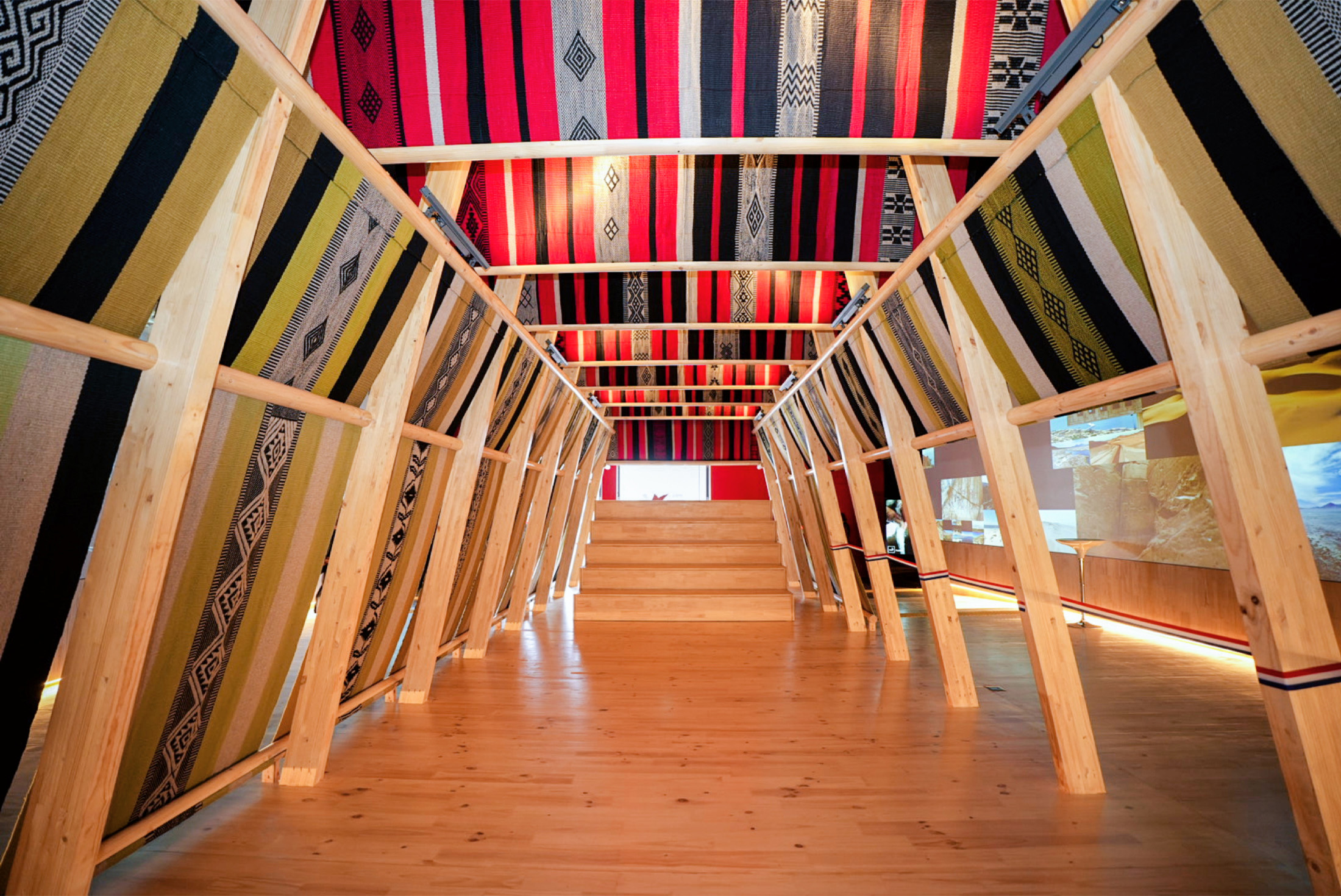

“Makün: The Mantle of Chile” is a space to tell Chile’s story in relation to the theme “Designing future society for our lives”, the question “What is a happy life?” and, specifically, the topic “Saving Lives”, all of which are raised at Osaka 2025.

The pavilion, designed by Chilean architectural firm CONSTRUCTO (led by Jeanette Plaut and Marcelo Sarovic), is a place to meet with others and share our sustainable, democratic and diverse Chile, in all its breadth and diversity of culture, geography, commerce, tourism, art, climate, gastronomy, production, business opportunities and progress towards a better future.
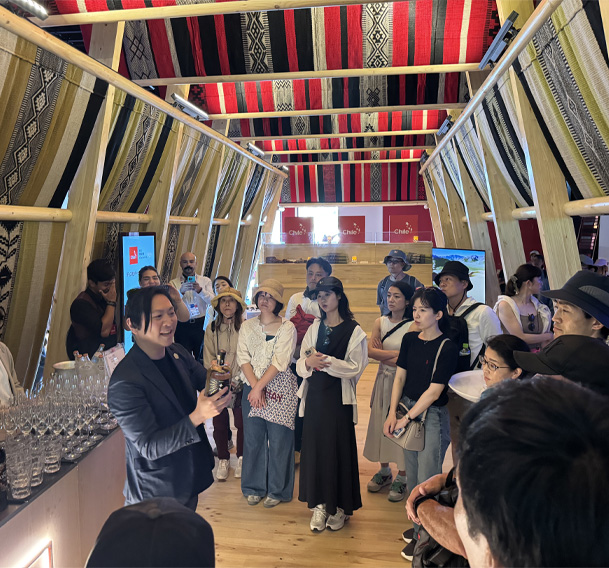
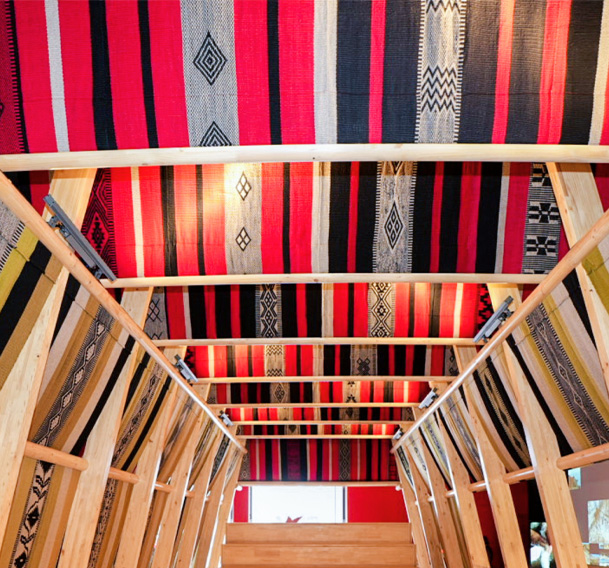
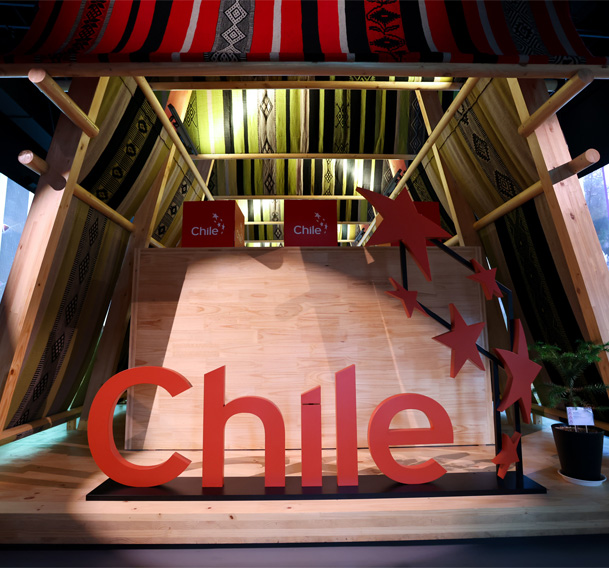
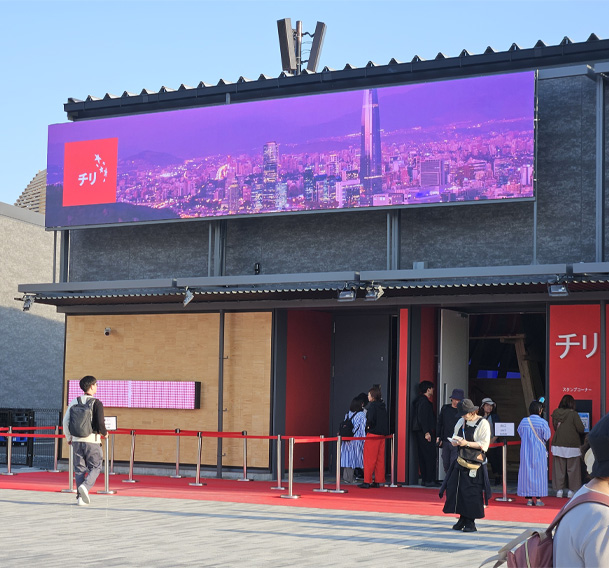





For this reason, Chile is committed to participating in Expo 2025 Osaka to show the world what we are, what we believe in and what we are committed to, in order to Design Future Society for Our Lives.

Traditional textile surfaces are combined with a construction system of Chilean industrialized wood, using cutting-edge global technology and singularities that express the contrasts that characterize our diversity: we are tradition and innovation; public and private; guardians of nature and developers of cutting-edge technology.

The mantle of Chile is built to bring us together, to show and share what we are, to protect us. A mantle that welcomes us all, with concrete expressions that will alternate over six months, building a single image of our country: diverse and inclusive; committed to sustainability and the environment; with an innovative economy that contributes to a more modern and friendly society, with a social system that looks out for the well-being of its people and the country.
See our official brochure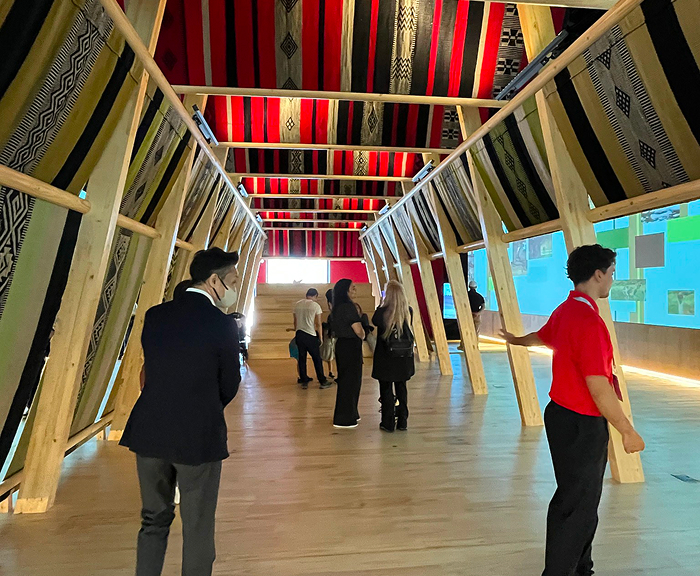
Chile is making active efforts to not only build a happier society, but also to contribute to a more prosperous and secure world, taking care of the lives of current and future generations.
We understand that this implies addressing the main problems facing the world today, a challenge that Japan has posed to us as the host nation. And this is what we are doing with determination, honesty and courage, supported by our past and present, which are summarized in a narrative centered on three fundamental areas:
Which permeates all our activities, from the productive to the cultural, from investments with a green perspective, policies for the conservation and protection of natural resources and responsible tourism offerings to the participation of people and communities in development strategies. It is based on our determination and capacity to innovate and create new solutions for the sustainability of the planet, as well as the decisive role we assign to science and technology. This is an area closely related to Osaka’s “saving lives” concept.
Which permeates all our activities, from the productive to the cultural, from investments with a green perspective, policies for the conservation and protection of natural resources and responsible tourism offerings to the participation of people and communities in development strategies. It is based on our determination and capacity to innovate and create new solutions for the sustainability of the planet, as well as the decisive role we assign to science and technology. This is an area closely related to Osaka’s “saving lives” concept.
Understood as a social system that defends the rights of our people, respects institutions and seeks institutional stability, abides by the rules and offers a clear and reliable scenario for the operation of the different activities of our citizens and institutions, of those who visit us and those who decide to invest with us. It is an area that aims at unrestricted respect for human rights. This area is also closely linked to the concept of “saving lives”.
Understood as a social system that defends the rights of our people, respects institutions and seeks institutional stability, abides by the rules and offers a clear and reliable scenario for the operation of the different activities of our citizens and institutions, of those who visit us and those who decide to invest with us. It is an area that aims at unrestricted respect for human rights. This area is also closely linked to the concept of “saving lives”.
As a characteristic of our origin: ethnic, cultural, geographical and migratory, which is demonstrated today in our artistic, geographic, commercial, climatic, gastronomic, productive and touristic expressions. Diversity as an expression of our history, but also of our belonging to today’s global world. Diversity as a synonym for inclusion, coexistence in plurality and, therefore, opportunity. This area is closely linked to the pavilion’s spatial and material approach.
As a characteristic of our origin: ethnic, cultural, geographical and migratory, which is demonstrated today in our artistic, geographic, commercial, climatic, gastronomic, productive and touristic expressions. Diversity as an expression of our history, but also of our belonging to today’s global world. Diversity as a synonym for inclusion, coexistence in plurality and, therefore, opportunity. This area is closely linked to the pavilion’s spatial and material approach.
Chile is a country full of aspirations, which moves forward as an example and inspiration in areas that are important for people’s lives today. For this reason, our country’s narrative can be outlined as: WE CARE / NOS IMPORTA. And we want to show that at Osaka 2025. WE CARE / NOS IMPORTA.
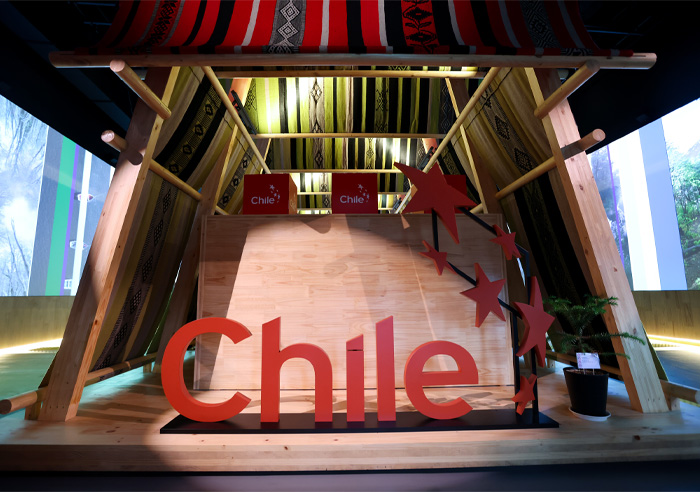
In the pavilion, visitors will experience an immersive tour of Chile, getting to know the country through its people and indigenous communities; the diversity of its landscapes, culture and geography; and the scope of its initiatives in the areas of sustainability, trade and energy transition, which position Chile as an innovative country that is responsible for constant improvement for the societies of the present and future.
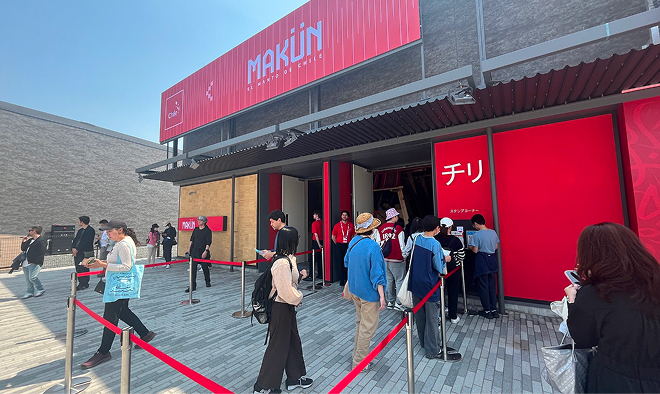
This journey will revolve around “Makün: The Mantle of Chile”, a sustainable laminated wood structure, manufactured with cutting-edge technology, which is covered by a mantle woven by 200 Mapuche women measuring 250 sq2, combining innovation and tradition in a unique space intended bring the best of Chile to Expo 2025 visitors.
See our Activities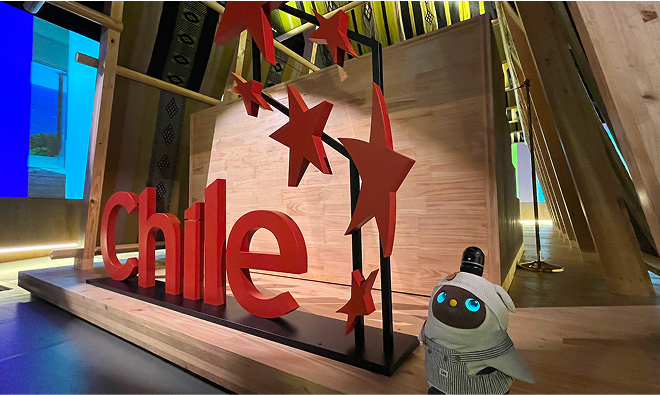
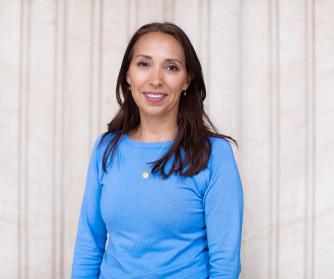
Chile’s Commissioner General for Expo 2025 Osaka
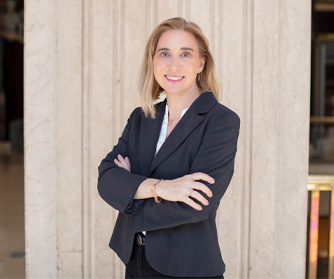
Chile’s Pavillion Director
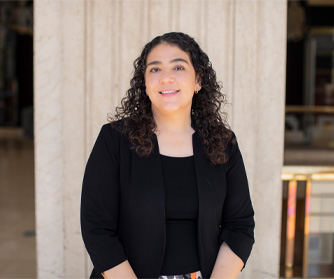
Chile’s Deputy Pavillion Director
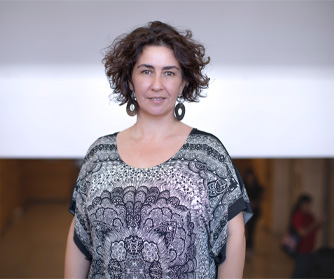
Chile’s Pavillion Technical officer
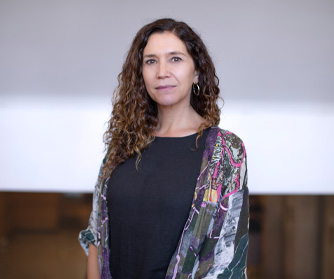
Chile’s Pavillion Communications officer

Chile’s Pavillion DirectorChile’s Pavillion Director

Chile’s Deputy Pavillion DirectorChile’s Deputy Pavillion Director

Chile’s Pavillion Technical officer

6 Chile’s Commissioner General for Expo 2025 Osaka

Chile’s Pavillion CommunicatChile’s Pavillion Communications officerions officer

Thematic zone
“Saving Lives”

Opening time:
9 am to 10 pm